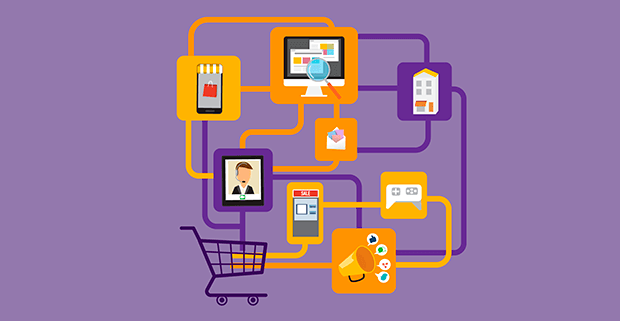
E-commerce
Gestão da cozinha: tecnologia reduz desperdícios e aumenta a lucratividade
Saiba como melhorar os processos e operações do seu restaurante usando as ferramentas certas para isso Um dos principais ingredientes

Linx specialist shows how to boost sales with strong channel strategy
Selling is hard nowadays – that is what retail figures show. So, to stay in business, retailers need to create new strategies – and one of them is to integrate platforms to create a multichannel model.
All this because customers have no interest in the channel itself as days go by, but to buy using the most convenient method.
Download Infographic Retail Trends 2016 now
“Many retailers still don’t know how to transform their company into a multichannel sales model and how this change can be beneficial to improve the performance of the business and customer experience”, says Márcio Nanor, Linx Omni Channel Director.
He provides some tips for those who want to improve sales indicators by deploying a multichannel strategy:
1. Assemble your E-commerce
Keep a solid and unified policy of pricing and payments. Smartphone allows consumers to check in real time if the price used in physical store is the same of the virtual store. Another important aspect is to join stocks to prevent sales losses and keep customer always satisfied. Be present on this channel is the starting point for those wishing to enter the multichannel universe.
2. Focus on customer’s profile
If your business has several types of public, they can be reached one way or another through different channels. Recommendations and promotional emails should be broadcast based on the public and customer’s profile. Product search feature must also be customized. When customer finds the product quickly, the experience becomes more enjoyable.
3. Mobility features
Technology is available to help retailers. Some of the features offered will help to reduce sales collapse, eliminate checkout queues, make salespeople life a lot easier, stimulate overcoming of the goals and innovate in customer service. Mobility features may change the way the retailer works.
4. Use of Big Data
Big Data is the term used to represent storage and cross-checking of data used in making purchasing decisions. All customers’ registration data and purchasing preferences are examples of this tool. Thus, it is possible to create targeted and customized campaigns, identify best-selling products, understand and increase customers’ loyalty by comprising them in any channel. For retail, Big Data is an important tool to bring the brand close to their customers.
5. Customer service leadership
Any consumer who is assisted for both E-commerce and physical store is aware that will find a single company. Such experience becomes enjoyable and encourages new businesses. Mobile devices, Big Data, multichannelling – none of these really matter if the retailer does not consider the overall consumer experience.
Source: Revista No Varejo